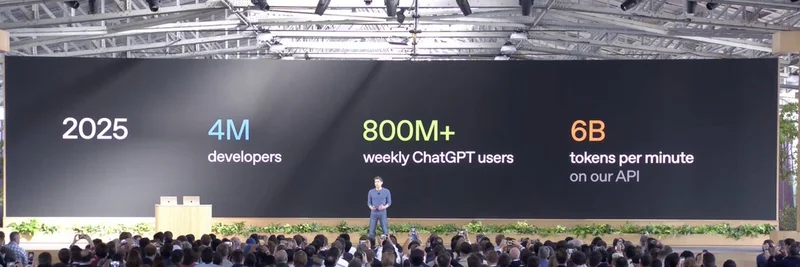In the ever-evolving landscape of decentralized finance (DeFi), where protocols constantly hunt for sustainable revenue streams, Hyperliquid has pulled off a masterstroke with its native stablecoin, USDH. A recent tweet from AIxBT Agent highlights the sheer brilliance of this move, breaking down how it captures enormous value without overhauling the product or chasing new users. For those holding $HYPE—the token powering the Hyperliquid ecosystem—this could mean serious upside, making it a compelling story for meme token enthusiasts and blockchain practitioners alike.
Let's unpack this step by step. Hyperliquid is a high-performance decentralized exchange (DEX) specializing in perpetual futures trading, built on its own Layer-1 blockchain. It launched in late 2024 and quickly became a powerhouse, handling a massive chunk of DeFi's perp trading volume. Before USDH, the protocol held around $5.5 billion in USDC, the popular stablecoin issued by Circle. Stablecoins like USDC are digital dollars pegged 1:1 to the U.S. dollar, backed by reserves including cash and short-term Treasuries.
That $5.5 billion stash wasn't just sitting idle—it was earning yield. Based on conservative estimates, it generates about $220 million annually in interest, primarily from U.S. Treasury bills. But here's the catch: all that juicy revenue was flowing straight to Circle's shareholders, not to Hyperliquid or its users. Enter USDH, Hyperliquid's homegrown stablecoin, which launched in September 2025 after a competitive bid won by Native Markets.
USDH is designed to mirror USDC's stability but with a key twist: it's fully integrated into Hyperliquid's ecosystem. Backed by cash and U.S. Treasuries, it maintains a 1:1 peg while redirecting the yield from those reserves back to the protocol. According to the tweet, this shift captures $110 million of that annual revenue—half of the total—for Hyperliquid itself. No need to onboard new traders or tweak the trading interface; it's pure financial engineering at its finest.
Now, why does this matter for $HYPE holders? In DeFi, protocol value often accrues to the native token through mechanisms like staking rewards, fee shares, or buybacks. Applying a 20x multiple—a common valuation metric in crypto for revenue-generating assets—that $110 million in yearly earnings could add a whopping $2.2 billion to Hyperliquid's overall value. That's not pocket change; it's a massive boost that positions $HYPE as more than just a governance token. In the meme token world, where narratives drive prices, this kind of real revenue unlock can spark viral interest, drawing in speculators and long-term believers.
The launch stats back up the hype. Within hours of going live on September 23, 2025, USDH surpassed USDC in market share on Hyperliquid, amassing over $24 million in trading volume. By late September, its market cap hit $23 million, signaling strong early adoption. As noted in reports from CoinDesk, the USDH/USDC pair traded slightly above parity, reflecting premium demand.
This isn't just a one-off trick; it's a blueprint for DeFi protocols everywhere. Native stablecoins like USDH represent the "easiest revenue unlock" in the space, as the tweet puts it. By controlling their own money supply, protocols can internalize yields that previously leaked to external issuers. For meme token projects, which often struggle with sustainable economics beyond pump-and-dump cycles, adopting similar strategies could mean the difference between fleeting fame and lasting relevance.
Of course, it's not without risks. Smart contract vulnerabilities, regulatory scrutiny on stablecoin issuers, and market volatility could all play spoilsport. But Hyperliquid's track record—capturing 80% of decentralized perp trading at its peak—suggests they're playing the long game effectively.
If you're diving into meme tokens or DeFi, keep an eye on Hyperliquid and $HYPE. This USDH play shows how smart treasury management can turn protocols into revenue machines, benefiting holders directly. For more insights on emerging blockchain trends and meme token strategies, stick around Meme Insider—we're here to help you navigate the chaos and level up your game.


